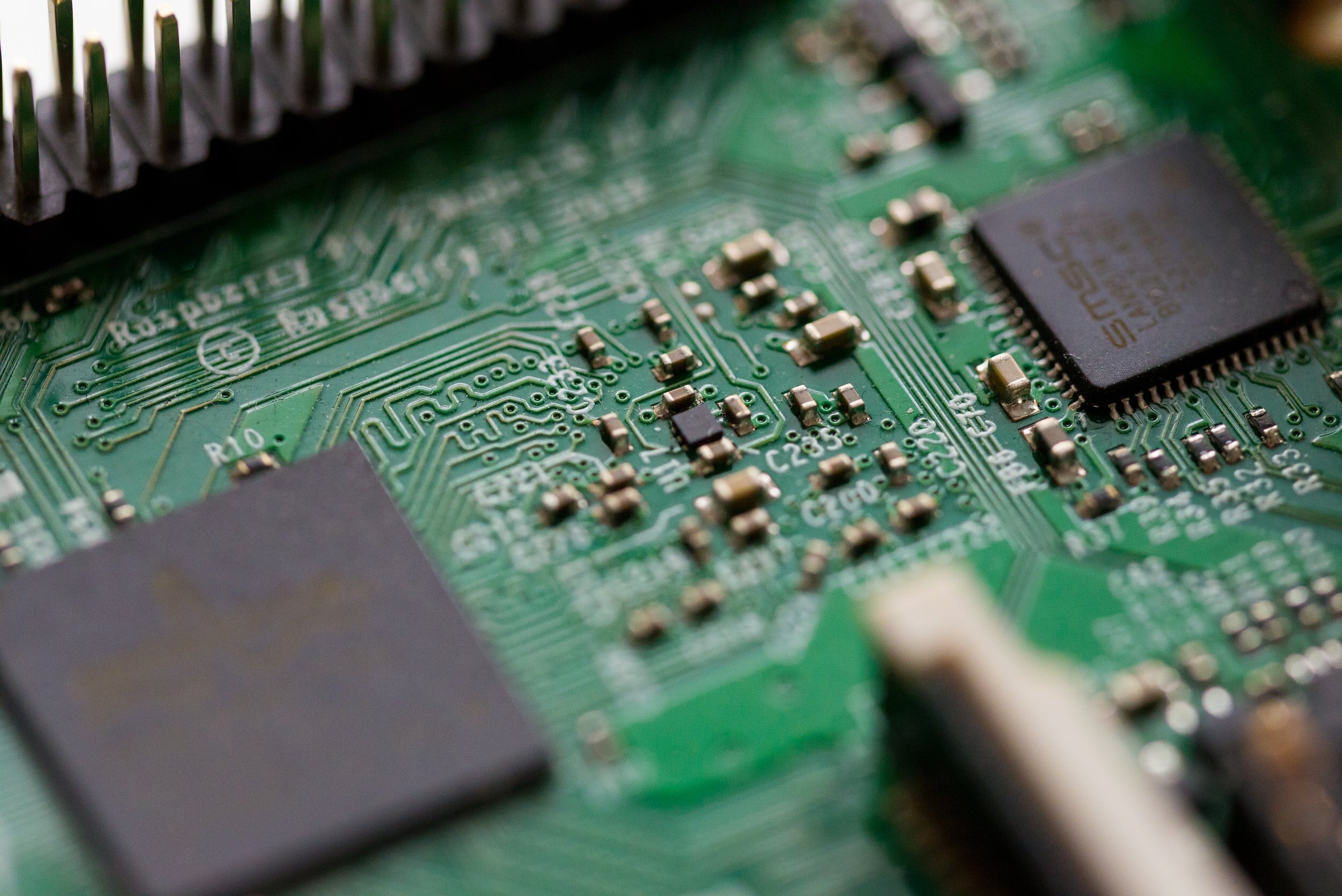Action Guide
Home / Take Action / Action Guide: E-Waste
Let’s Take Action on Waste
Today, Canada faces a waste crisis. As a country ranked the 8th biggest waste producer in the world, we have a lot of work to do. The Canadian government reports that 3 million tonnes of plastic waste are thrown away every year, only 9% of which is recycled, leaving the rest to end up in landfill or in our natural environment. To tackle this issue, we need all hands on deck. This includes action from governments and businesses at every level, and from individuals like yourselves!
We’ve developed our Waste Reduction Hub to be an ever-growing hub of resources and action items to get you started on your waste reduction journey. So, let’s get started!
Categories
click into a category to find waste resources
E-Waste

E-Waste
Jump to: Introduction | Why it Matters | Quick Tips | What Can You Do
Introduction
Outdated and broken electronics have been gathering in the homes of Canadians - probably in your office drawer or basement - for far too long. Discarded laptops, smartphones and used batteries collect dust in all of our homes, until they are shipped off elsewhere. We are surrounded by non-stop advancing technology that has resulted in many outcast electronics, ending up in landfills, or rarely, recycled. In fact, the total amount of e-waste in 2019 reached about 54 million metric tons globally.
To put that into perspective, that’s about 350 cruise ships worth of scrap electronics. Electronic waste (e-waste) includes unwanted products that can be plugged in or turned on such as computers, mobile phones, household appliances and televisions. Our tech-savvy society is playing a big part in the world’s fastest growing solid-waste stream - and it’s time to address it.
These days, cell phones are owned by almost everyone, used everyday, for nearly everything. Smart phones, for example, are designed to be unrepairable, shortening their lifespan and destining them for e-waste after a couple years of use. Once in the landfill, toxic substances can leach into our environment, causing harm to our health and planet. Contaminants such as lead, mercury, cadmium and arsenic leach into our environment health and environmental impacts through soil, air and water contamination.
So what’s the buzz on e-waste anyways? Let’s dissect some of the biggest threats e-waste poses to our soil, air and water.
Why It Matters
Soil
It is difficult to recognize problems and address solutions to situations we cannot physically see. Out of sight out of mind should not apply to any waste, however, electronic waste is especially concerning as we cannot physically see the substances that are leaching into our soils.
Electronic waste gathered in landfills can leak arsenic, lead, nickel and cobalt - all considered hazardous by the United Nations. Lithium batteries are growing to a rate of about 1.60 per person, per year with the the rapid increase in smartphones.
Soil acts as the base for all existence, through the food we grow, the water we drink and cycle of all life. The function of soil, and its health, is priceless.
Contaminated soil links to human health and ecosystem impacts, making it crucial that we protect our land from poisonous materials.
Water
Water contamination comes in different shapes and sizes. A Greener Future focuses on cleaning litter on the shores of Lake Ontario, preventing it from entering waterways.
Contaminants such as leached substances cannot be as easily cleaned, as they dissolve and mix into the water.
Ground water, which translates to water that is simply in the ground or soil, is constantly carrying both the good and the bad across our land. Eventually dumping water out into rivers and lakes, these toxic materials from electronic waste find their way into our waterways.
The importance of clean water cannot be understated for our own health and for our ecosystems.
Air
It is illegal for Canada to export electronic waste to developing nations. Therefore, Canada must process heaps - meaning about 50 million tonnes in 2017 - of electronic waste.
Through metal smelting and illegal burning of e-waste, our air is filled with harmful pollutants.
Weather and wind create an uncontainable environment for these chemicals. Exposure to smelted electronic waste is inevitable, and it’s in the air we breathe.
Quick Tips
Learn about your local electronic waste recycling programs. The City of Toronto collects unwanted electronics for free.
Properly dispose of electronics at your municipal waste management facility - do not throw out electronics in regular curbside garbage.
Be mindful of the electronics you currently own, and think twice about buying another. Try to use your electronics for as long as possible and avoid ‘fast technology’ trends.
Learn about products that promote a circular economy - companies such as Fair Phone include options to repair your own phone and order new parts.
Use platforms like Kijiji or Facebook Marketplace to buy or sell gently used electronics
visit kijiji



















